
ST. CRETIEN’S COLLEGE
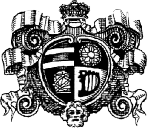
Paul Holland spoof school St. Cretien’s College fictional school St. Cretian’s imaginary Paul Holland spoof school St. Cretien’s College fictional school St. Cretian’s imaginary Paul Holland spoof school St. Cretien’s College fictional school St. Cretian’s imaginary Paul Holland spoof school St. Cretien’s College fictional school St. Cretian’s imaginary
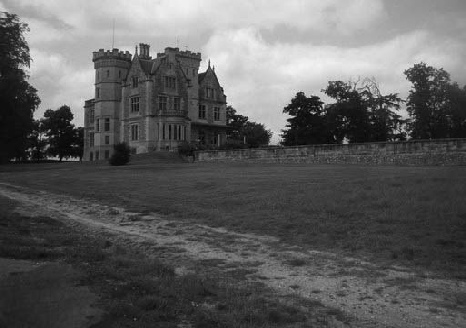

A Short History
The grand story of a grand place
Original plans for St. Cretien’s College : Pencil drawing by the Victorian artist Edmund Derrywherry RA
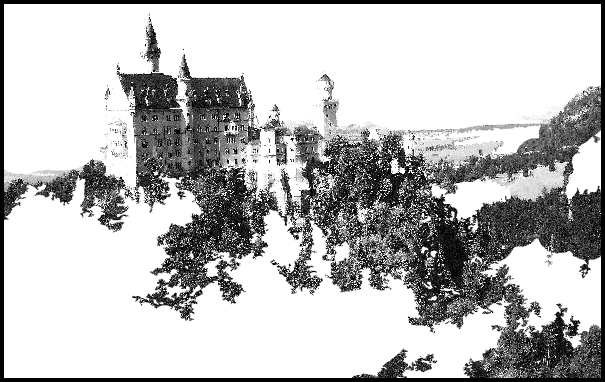
“Ah, could there not be no finer a school than that which one day might not perchance rise amongst the verdant hills of these Sussex Lanes!” So wrote Sir Guthry Buncombe, later Lord Buncombe of Blithery, after having, so the legend goes, fallen off his horse whilst out riding one March morning in 1842. The inability of the locals to help him in his pain so moved him that he resolved in the coming months to “build an edifice of education for the native poor, which might, by its very renown, entice their family folk to send the little ones out into the world via this institutio mirabilis.”
Thus was born the idea of St. Cretien’s, a school with a mission, a school with a purpose, a higher purpose, one that would elevate it above the norm. Named after the legendary Saint Cretien, so called Patron of the Pitchforkers, this idea remained, however, on the drawing board for the next fifteen years, until the then Lord Buncombe had amassed the wealth he needed for his grand plans.
No expense would be spared; plans were drawn up from the very finest architects of the time, but the winner was the little known Sir Herbert Garden, acclaimed for his recent work on the new seafront in Douglas on the Isle of Man. His first designs were ambitious, to say the least, and very much in line with what the school’s founder was looking for, but they had to be reduced in scale once it was realised that the land that Lord Monkton had bought was too boggy.
By the time the first building work was getting underway, Lord Buncombe had had to
accept that the plans for a school to “rival even the greatest in the land” would
end up being more modest. Gone was the 70ft. tower modelled on the campanile of Florence,
and gone too were the 17 tonne bells intended for it. Instead of the envisaged racecourse,
there would now be a small sports field. But the new design had elements of grandeur
too; St. Cretien’s drains are still a marvel of mid-
Over the course of its long and productive history, St. Cretien’s has seen all manner
of changes to its original character. In WWII, the whole school site, including the
pupils, was given over to the army for shooting practice, and it was this challenging
experience which many see as an expression of St. Cretien’s particular resilience.
It was said afterwards that Montgomery himself, when he visited the school to oversee
the training of soldiers for D-
During the 60’s St. Cretien’s became known throughout the world of the London literati
as a hotbed of bright young playwrights, the so-
Since the 1980’s St. Cretien’s has embarked on a programme of modernisation and refurbishment, which is still ongoing, and expected to be complete by 2043, by which time the school will have been “dragged kicking and screaming into the 20th Century,” as W.D. Forte once said.
St. Cretien’s College
E.R.D.’47
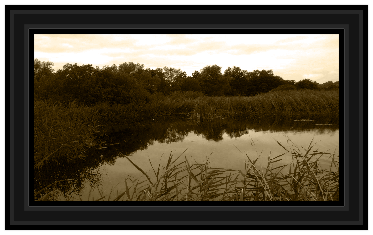
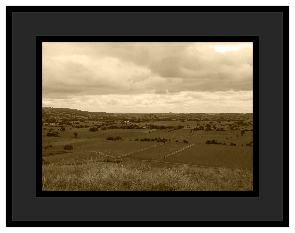
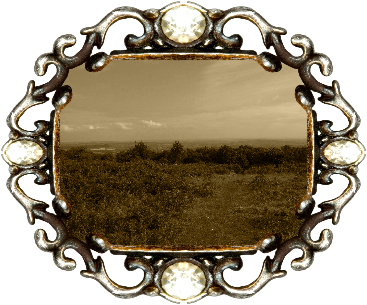
Photographs of the original site where St. Cretien’s was to be built
Click here to find out more about some of St. Cretien’s most famous alumni!

The Head Master’s House in 1867, the first building to be completed
Even seeds of greatness must sometimes pass first through an animal’s rear end